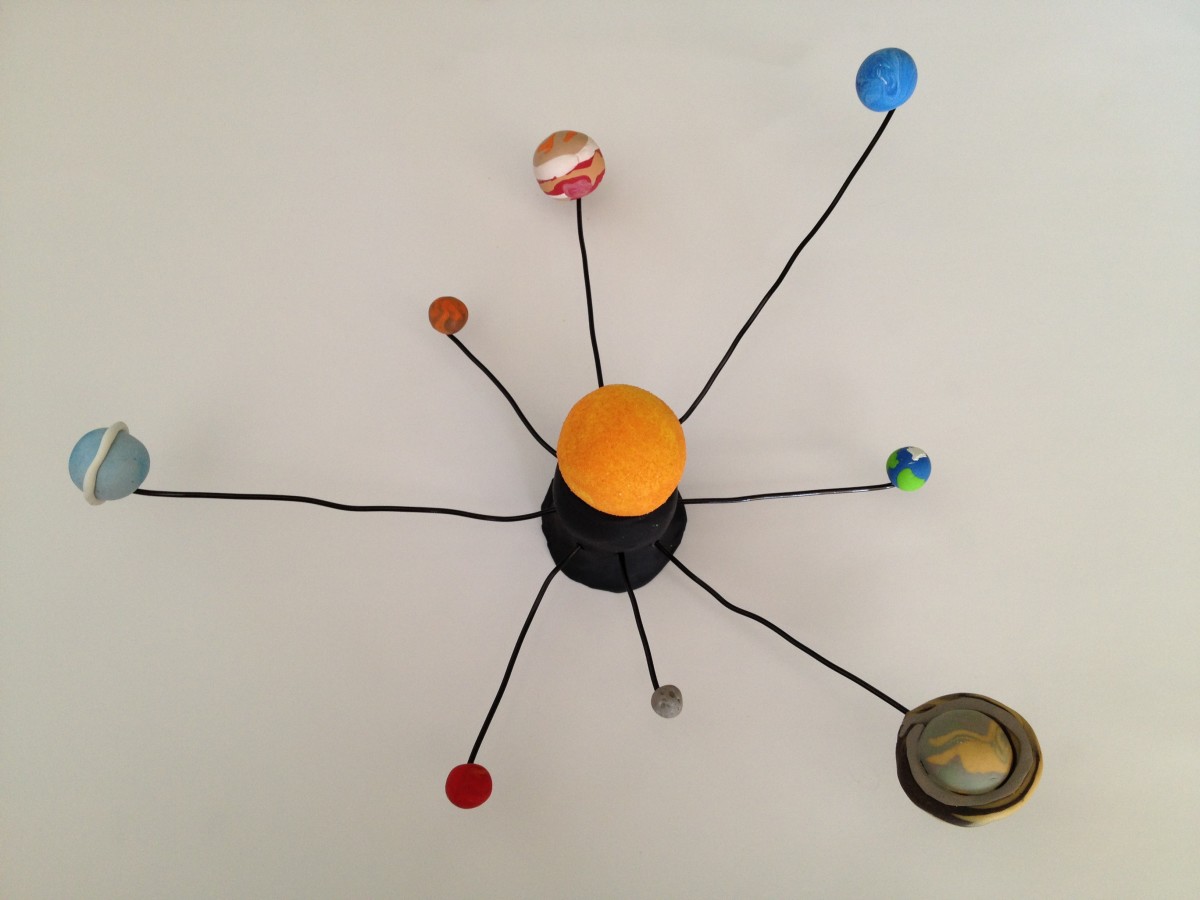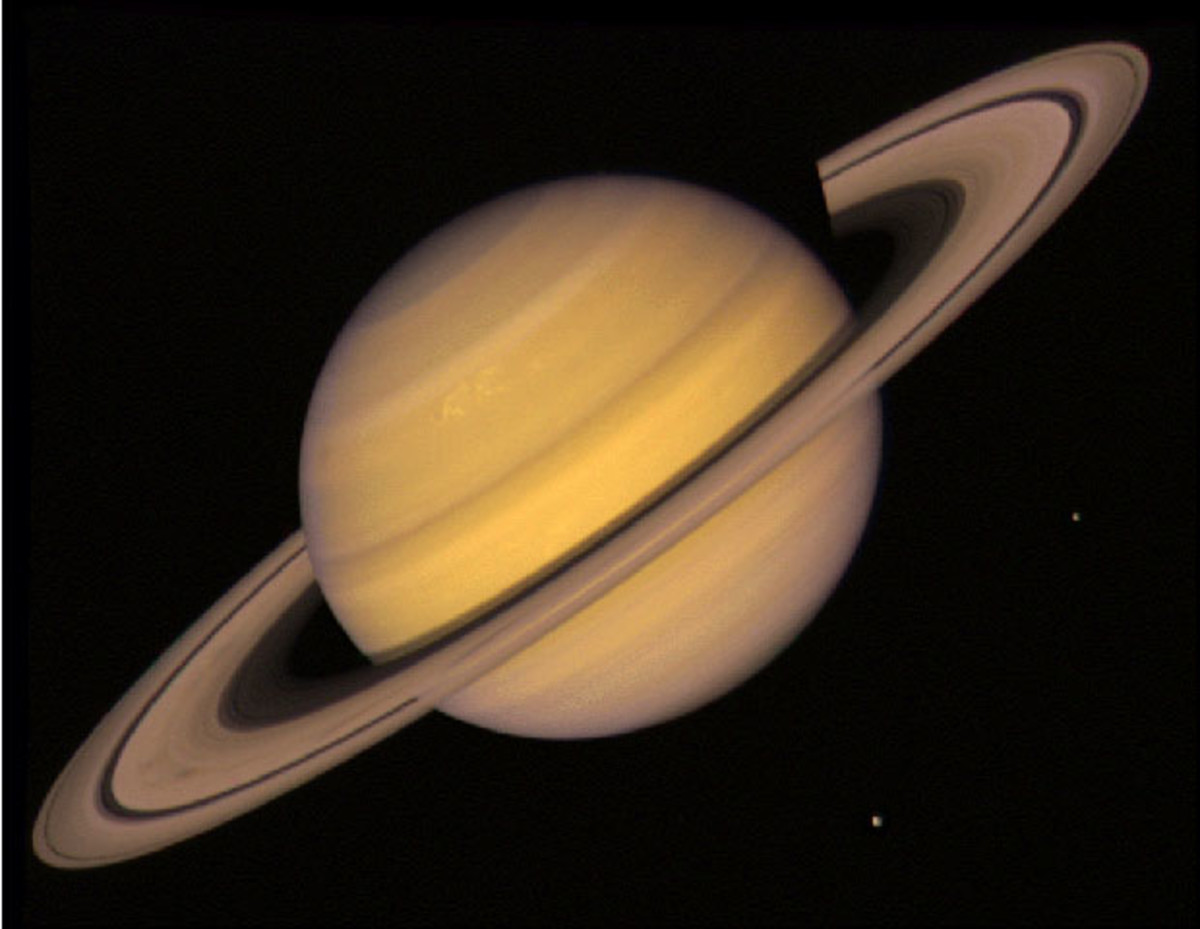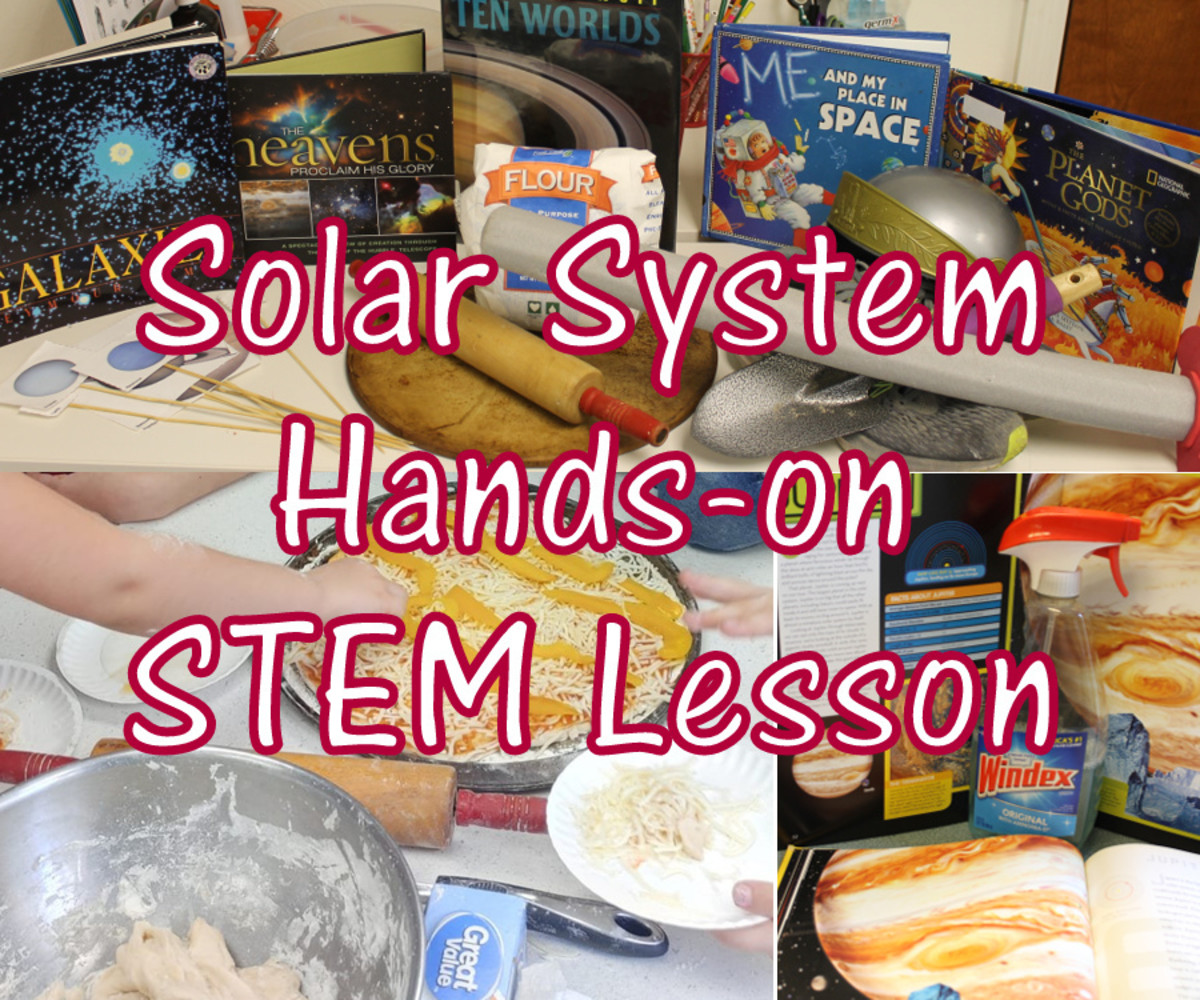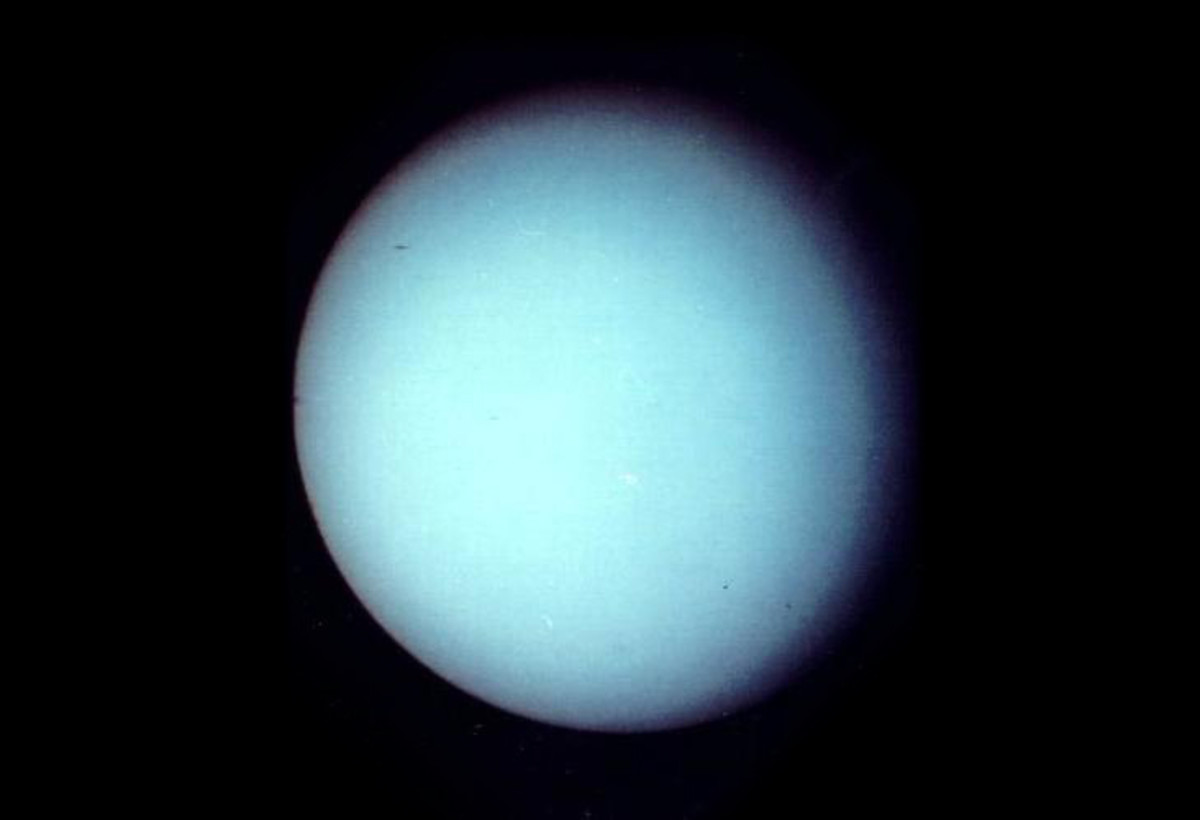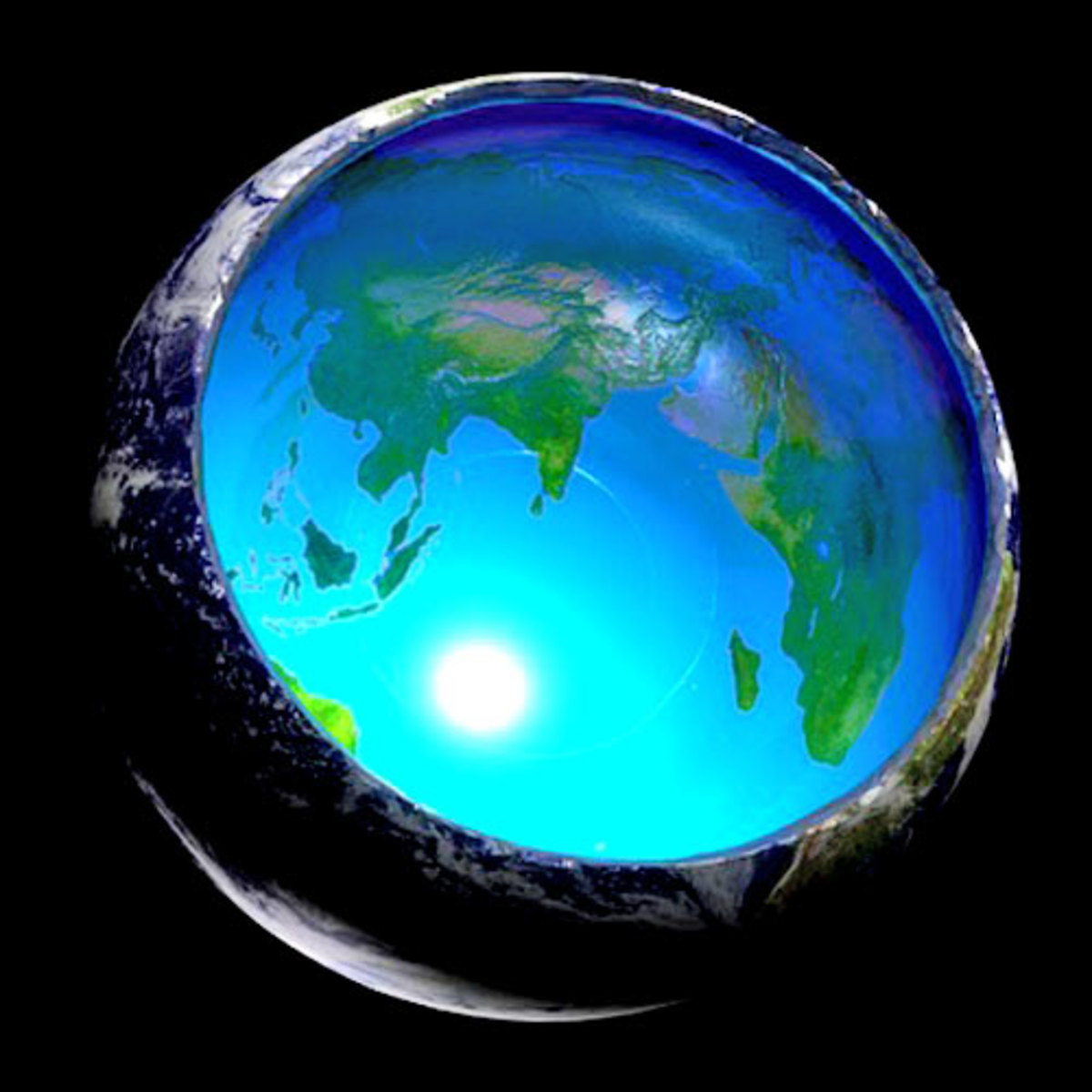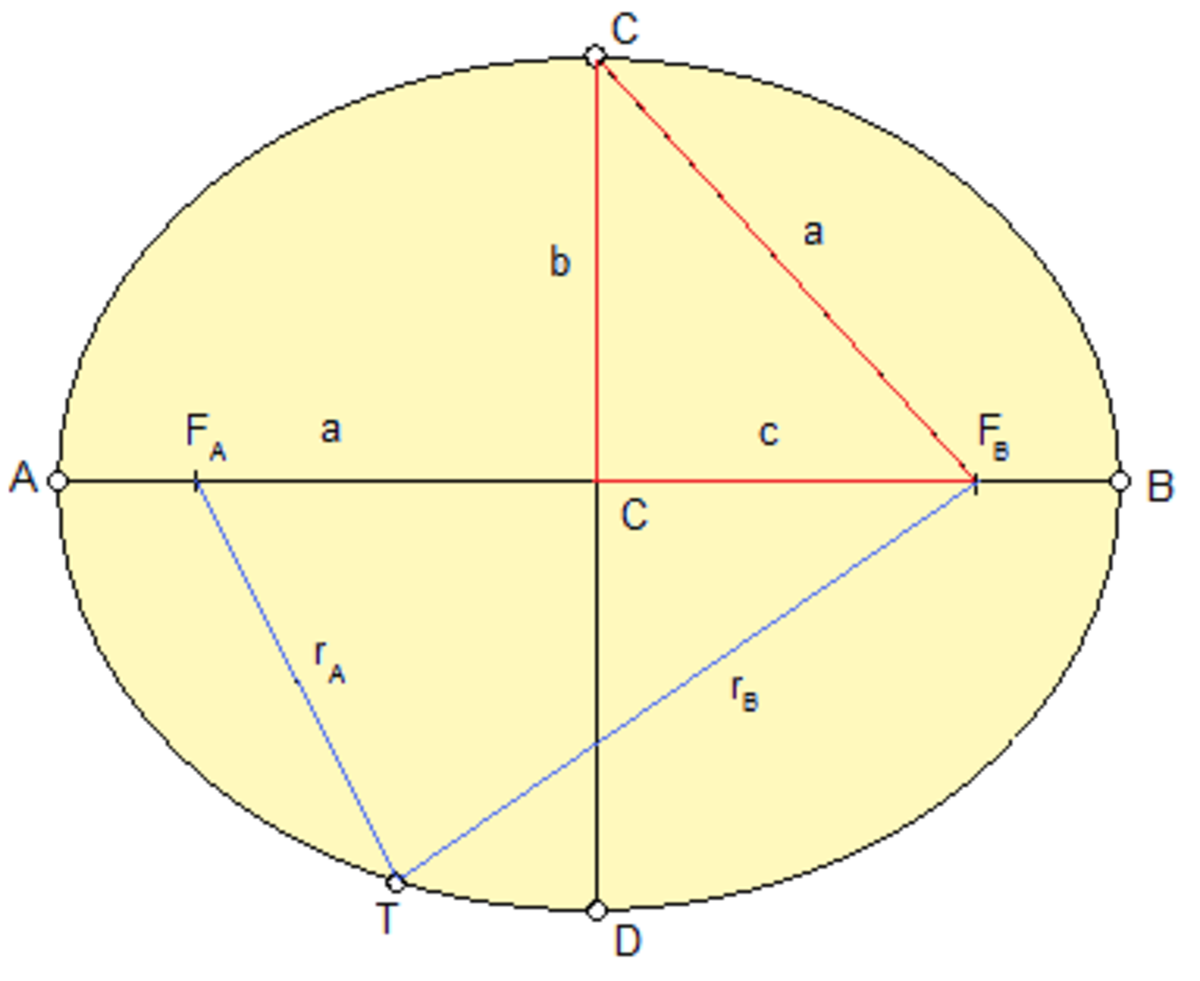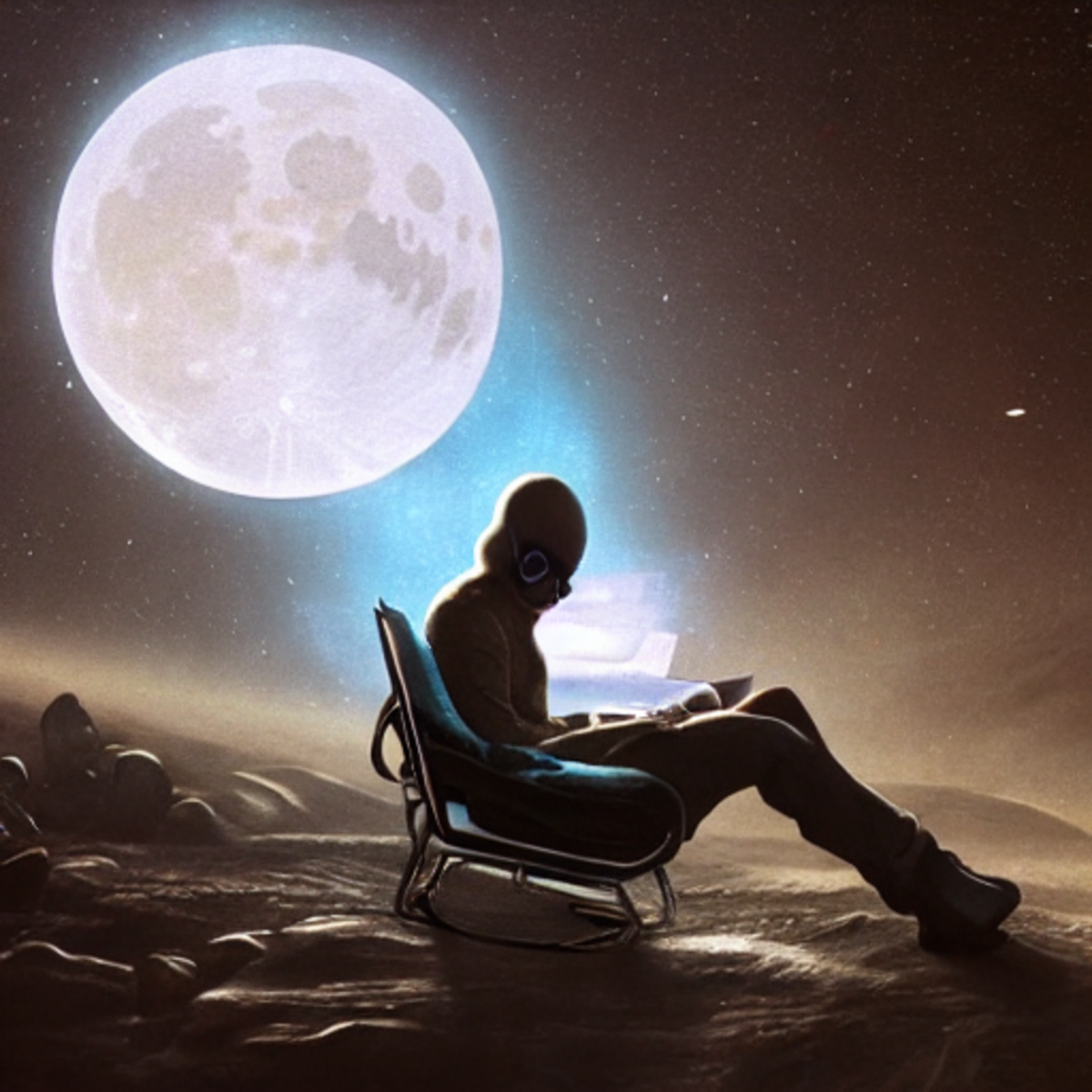How was our solar system created?

For centuries, astronomers gazed toward the heavens seeking an answer to the question; where did the sun and the planets come from? As man developed more powerful telescopes and sent probes into space, we gained a better understanding of the origins of our own solar system, but it was not until more recently, that the Hubble Telescope provided scientists with clearer clues to how planets and stars are formed. The theory of how a solar system born is now better understood, but the basic theory was actually first developed in the 18th century and it has been developed further since then.
________________________________________________________________
Please do share, tweet, pin or post, if you like this article.
Many thanks
________________________________________________________________

It all started with a cloud
Within our own galaxy, the Milky Way, and other galaxies in the universe like it, there are vast clouds of dust known as nebulae, which scientists have been able to study, thanks to the Hubble telescope. These nebulae were formed when a star reached the end of its life and exploded, throwing billions of tons of dust, gas and debris into space.
To say that nebulae are vast, is an understatement, because some that have been observed are hundreds if light years in diameter. To put that into some form perspective, a light year is the distance that light travels in one year, which is 5,900,000,000,000 miles.
A nebula, although not very dense, does contain a lot of mass and, in time, the gravitational pull of the dust particles, causes those particles to clump together, which then causes them to attract even more and more dust particles and, the steadily increasing gravitational pull, begins to make the cloud collapse in on its self.
As the cloud collapses, the matter at the centre of the cloud becomes more and more condensed and begins to heat up and, it is this dense, increasingly hot core, which eventually becomes the core of a new star.
________________________________________________________________
________________________________________________________________

The cloud became a disk
As the cloud continues to collapse, the motion of the dust, and growing clumps of rock, begin to cause the cloud, as whole, to rotate in one direction. This rotation has the same effect on the cloud as the spinning of a lump of pizza dough would; the cloud begins to flatten out into a disk shape.
Meanwhile, gravity is still pulling the particles closer and closer together so, as the disk begins to shrink in size, the speed of its rotation increases, just as the speed of an ice-skaters spin gets faster as she pulls in her arms closer to her body. These disks, which are known as "protoplanetary" or "circumstellar" disks are thought to be the birthplace of stars and planets like our own.
________________________________________________________________

A star is born
As the mass at the centre of the disk continues to grow, the temperature and the pressure grow too. Until, eventually, there is enough energy contained in the rocky core at the centre of the disk to set off the first of many nuclear reactions. Hydrogen atoms fuse together to form helium, huge bursts of energy are realised and, then, you have the early beginnings of a star. However, it will be at least another 10 million years, though, before the new-born star stabilises and develops into a grown-up star, as you would recognise one today.
________________________________________________________________

The left over ‘clumps’ begin to become planets
While the new star continues to grow in size and its heat increases, the dust and rocks that are further away from the centre of the disk continue to rotate around the central point and the largest of the rocks drag in the smaller ones with their own gravitational pull. These early planets are called ‘planetesimals’ and they grow in size and, the more they grow, the more material they attract to themselves.
Close to the star, gas and ice will be burned off by the heat. So, planetesimals forming in the inner rings of the disk will be smaller rocky ones, while further away from the star, gas and ice will collect around the planetesimals, forming ice and gas giants.
The larger of planetesimals will continue circling the star. Sometimes, they will smash into smaller planetesimals, breaking them into smaller fragments and dust. At other times, they will merge with other planetesimals and become larger. And, all the time, they will be slowly mopping up the particles of dust, by attracting them with their gravitational pull. After many millions of years of this smashing, merging and attracting, we are left with what we recognise as a solar system; a single star, encircled by a relatively small number of orbiting planets. The final clean-up operation that removes all the remaining dust and gas from around the newly formed planets is thought to be caused by a blast of the solar wind from the newly born star, which blows any remaining debris far out into space.
________________________________________________________________

The story of our solar system continues
One of the great joys for me, of writing here on Hub Pages, is that I can write about whatever takes my interest at any particular time. For me, that invariably means writing on topics that I don’t think I know enough about! So, when one of my children asked me some questions about the solar system and I didn't have all the answers, I decided that I would write a series of hubs about the cosmos.
So then, if this hub appears to be a little light on detail, bear with me, there are more hubs on the topic to come and, to any experts out there, if I have made any glaring errors, please feel free to let me know. In the meantime, I’m having fun, I hope you stick with me as I share what I learn.
________________________________________________________________
Get updates and new articles
________________________________________________________________

